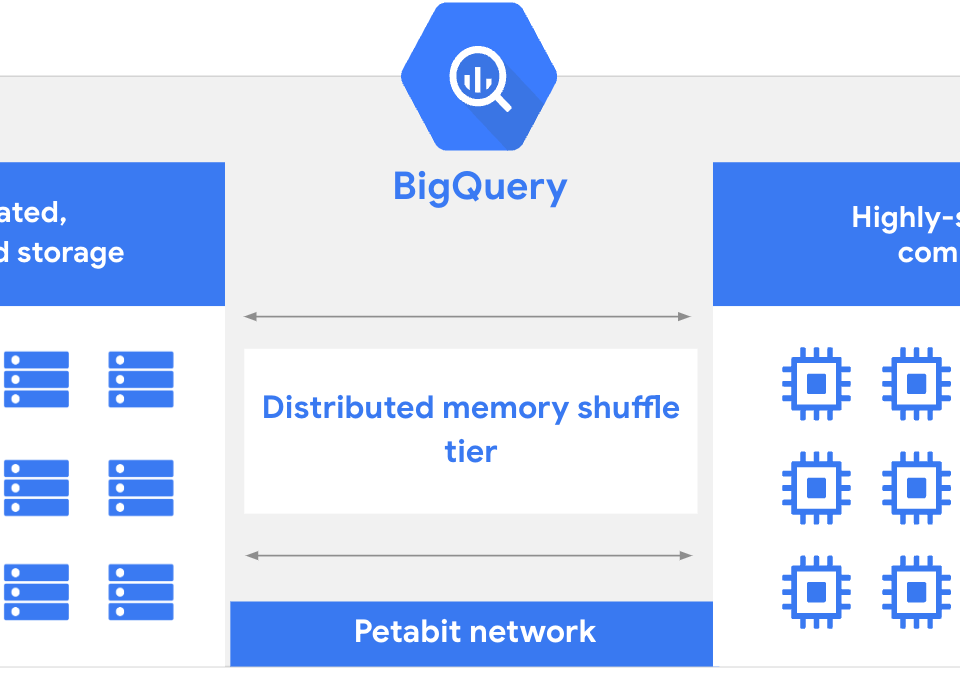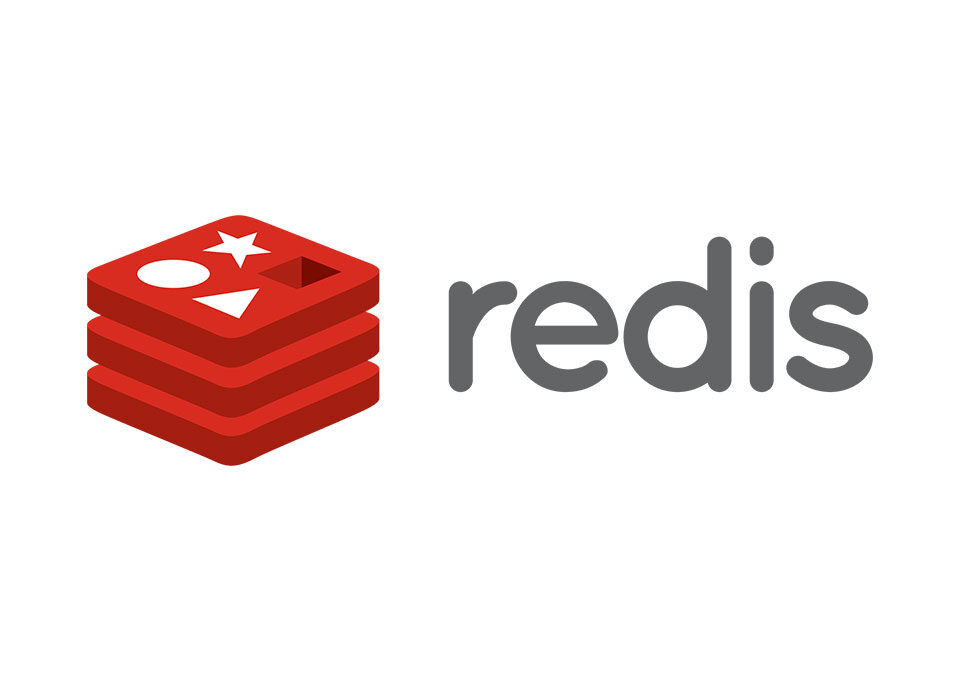
How to Use One Command to Create RESTful APIs with TypeORM CLI on Node.js
9th January 2024
What is AWS Fargate?
11th January 2024Here are the key things to know about database schema design:
- Database schema design refers to the strategies and practices for constructing a database schema.
- A database schema is a description of how data is structured or organized in a database.
- There are six types of database schemas: flat model, hierarchical model, network model, relational model, star schema, and snowflake schema.
- The right database schema design helps you make better use of your enterprise data.
Not all databases are equal. The design of a database schema influences how efficiently your database runs and how quickly you can retrieve information. However, designing a database schema is easier said than done. This article offers an overview of how database schema design works, as well as examples and best practices to help you optimize database schema design.
What Is a Database Schema?
Simply put, a database schema is a formal description of the structure or organization of a particular database (DB). The term database schema is most commonly used for relational databases, which organize information in tables and use the SQL query language. Non-relational (or “NoSQL”) databases come in several different formats and don’t have a “schema” in the same way that relational databases do (although they do have an underlying structure).
There are two fundamental components of any database schema:
- Physical database schema: The physical database schema describes how you physically store data in a storage system and the form of storage used (files, key-value pairs, indices, etc.).
- Logical database schema: The logical database schema describes the logical constraints applied to data and defines fields, tables, relations, views, integrity constraints, etc. These requirements provide useful information for programmers to apply to the physical design of a database. The rules or constraints defined in this logical model determine how data in different tables relate to one another.
The definition of physical tables in the schema comes from the logical data model. Entities become tables, entity attributes become table fields, etc.
6 Types of Database Schemas
Learn more about the six most common database schema types below:
- Flat model: A flat model database schema organizes data in a single, two-dimensional display—think of a Microsoft Excel spreadsheet or a CSV file. This schema is best for simple tables and databases without complex relationships between different entities.
- Hierarchical model: Database schemas in a hierarchical model have a “tree-like” structure, with child nodes branching out from a root data node. This schema is ideal for storing nested data—for example, family trees or biological taxonomies.
- Network model: The network model, like the hierarchical model, treats data as nodes connected to one other; however, it allows for more complex connections, such as many-to-many relationships and cycles. This schema can model the movement of goods and materials between locations or the workflows required to accomplish a particular task.
- Relational model: As discussed above, this model organizes data in a series of tables, rows, and columns, creating relationships between different entities. The next section and the rest of this guide will focus on the relational model.
- Star schema: The star schema is an evolution of the relational model that organizes data into facts and dimensions. Fact data is numerical (for example, the number of sales of a product), while dimensional data is descriptive (for example, a product’s price, color, weight, etc.).
- Snowflake schema: The snowflake schema is a further abstraction on top of the star schema. It contains a fact table that connects to a dimensional table, expanding the descriptiveness possible within a database. As you might have guessed, the snowflake schema gets its name from the intricate patterns of a snowflake, where smaller structures radiate off of the central arms of the flake.
Why Is Database Schema Design Important?
Inefficiently organized databases suck up tons of energy and resources and are difficult to maintain and administer. That’s where database schema design comes into play. You’ll struggle to get value from enterprise data without a clean, efficient, consistent database schema. The right schema design removes duplicated and inconsistent data in different locations.
Relational database systems depend on a solid database schema. The goals of good schema design include:
- Reducing or eliminating data redundancy
- Preventing data inconsistencies and inaccuracies
- Ensuring the correctness and integrity of data
- Facilitating rapid data lookup, retrieval, and analysis
- Keeping sensitive and confidential data secure and accessible to those who need it.
How To Design a Database Schema
Database schemas outline the architecture of a database and ensure database fundamentals such as the following:
- Data has consistent formatting
- All record entries have a unique primary key
- You don’t omit important data
A DB schema design can exist both as a visual representation and as a set of formulas or use constraints that govern a database. Developers then express these formulas in different data definition languages, depending on the database system you use. The leading database systems define schemas slightly differently. However, MySQL, Oracle Database, and Microsoft SQL Server each support the CREATE SCHEMA statement.
Suppose you want to create a database to hold information for your accounting department. A specific schema for this database might outline the structure of two simple tables:
| Table 1: Users | Table2: Overtime Pay |
| ID | ID |
| Full Name | Full Name |
| Time Period | |
| Date of Birth | Hours Billed |
| Department |
This single schema contains valuable information such as:
- The title of each table
- The fields each table contains
- The relationships between tables (for example, linking an employee’s overtime pay to their identity via their ID number)
- Any additional relevant information
Developers and database administrators can then convert these schema tables into SQL code.
Best Practices for Database Schema Design
To make the most of database schema design, it’s important to follow best practices. That ensures developers have a clear reference point for tables and fields in a project. Here are some of those best practices:
Naming Conventions
- Define and use appropriate naming conventions to make your database schema designs more effective. While you may decide on a particular style or adhere to an ISO standard, the most important thing is to be consistent in your name fields.
- Try not to use reserved words in table names, column names, fields, etc. that will likely deliver a syntax error.
- Don’t use hyphens, quotes, spaces, or special characters. They will either require additional work or not be valid.
- Use singular nouns, not plural nouns, for table names (for example, use StudentName instead of StudentNames). A table represents a collection, so there’s no need to make the title plural.
- Omit unnecessary verbiage for table names (for example, use Department instead of DepartmentList or TableDepartments)
Security
- Data security starts with a good database schema design. Use encryption for sensitive data such as personally identifiable information (PII) and passwords. Don’t give administrator roles to each user; instead, request user authentication for database access.
Documentation
- Database schemas are useful long after you’ve created them and will be viewed by many other people. So good documentation is essential. Document your database schema design with explicit instructions and write comment lines for scripts, triggers, and other commands.
Normalization
- Normalization ensures independent entities and relationships are not grouped in the same table, reducing redundancy and improving integrity. Use normalization as necessary to optimize database performance. Both over-normalization and under-normalization can lead to problems.
Expertise
- Understanding your data and the attributes of each element helps you build out the most effective schema design. A well-designed schema can enable your data to grow exponentially. As you keep expanding your data, analyze each field in relation to the others you are collecting in your schema.
Related Blog : https://xpertlab.com/tips-to-improve-mysql-query-performance/





